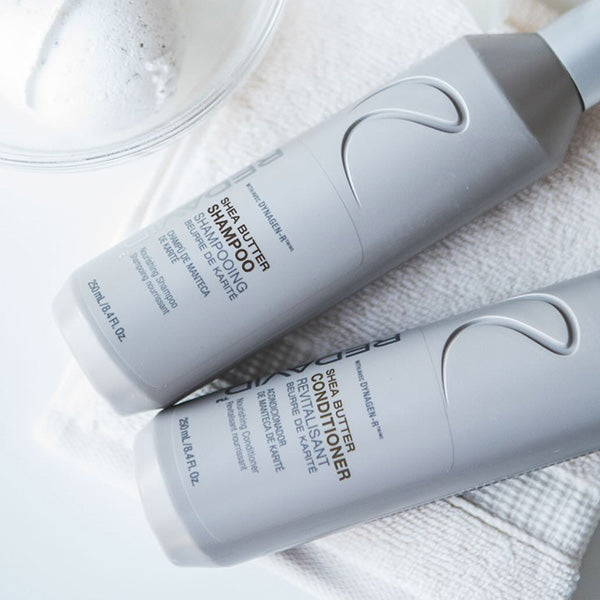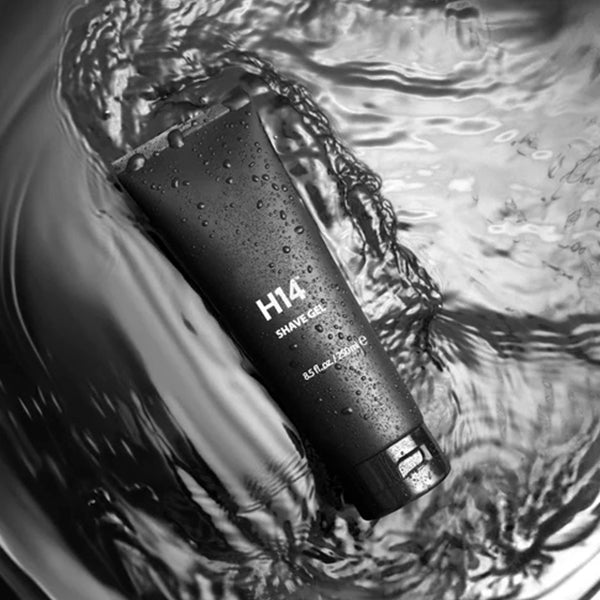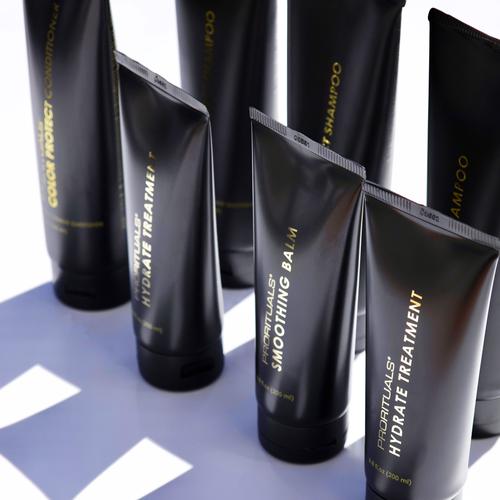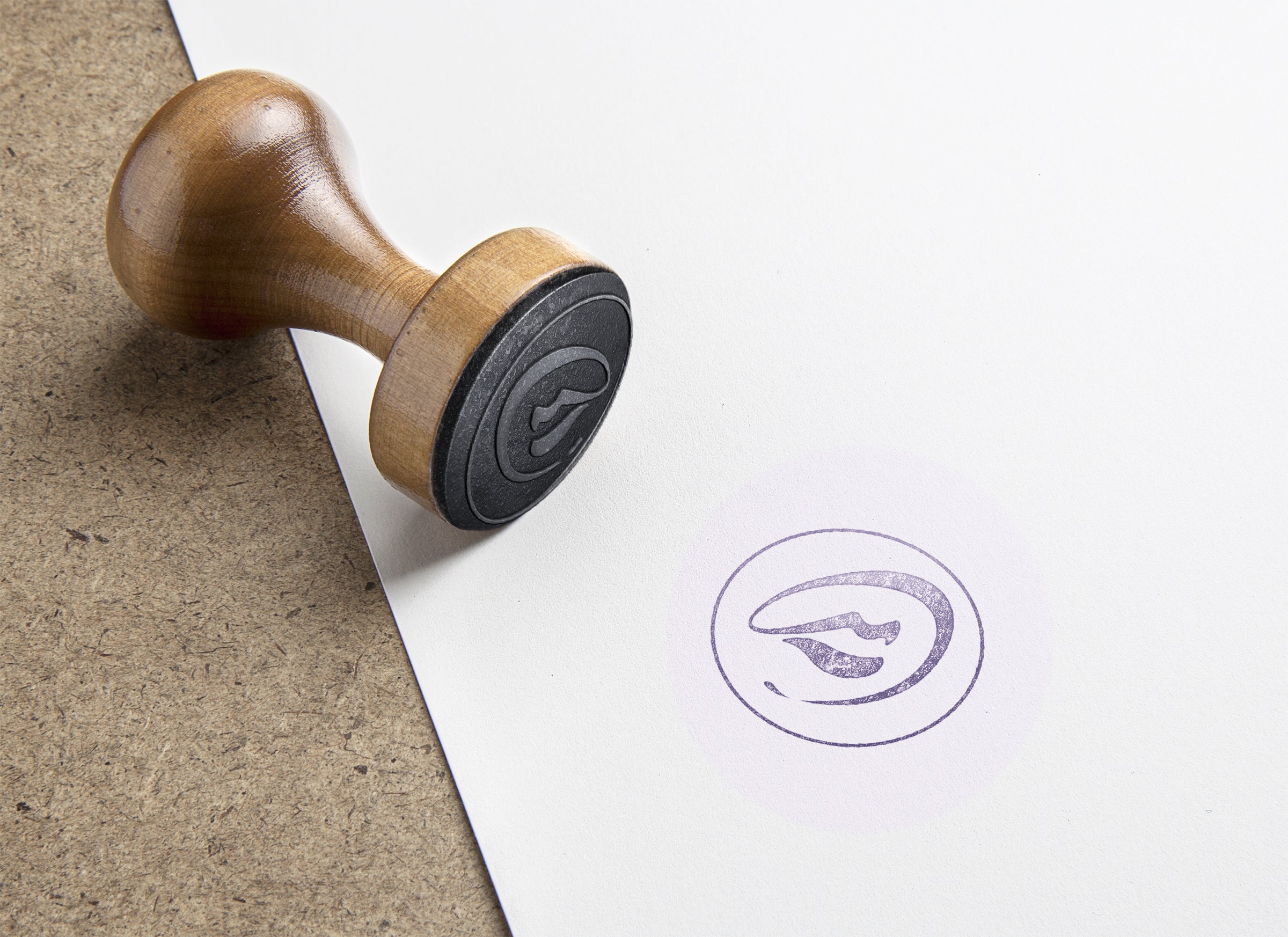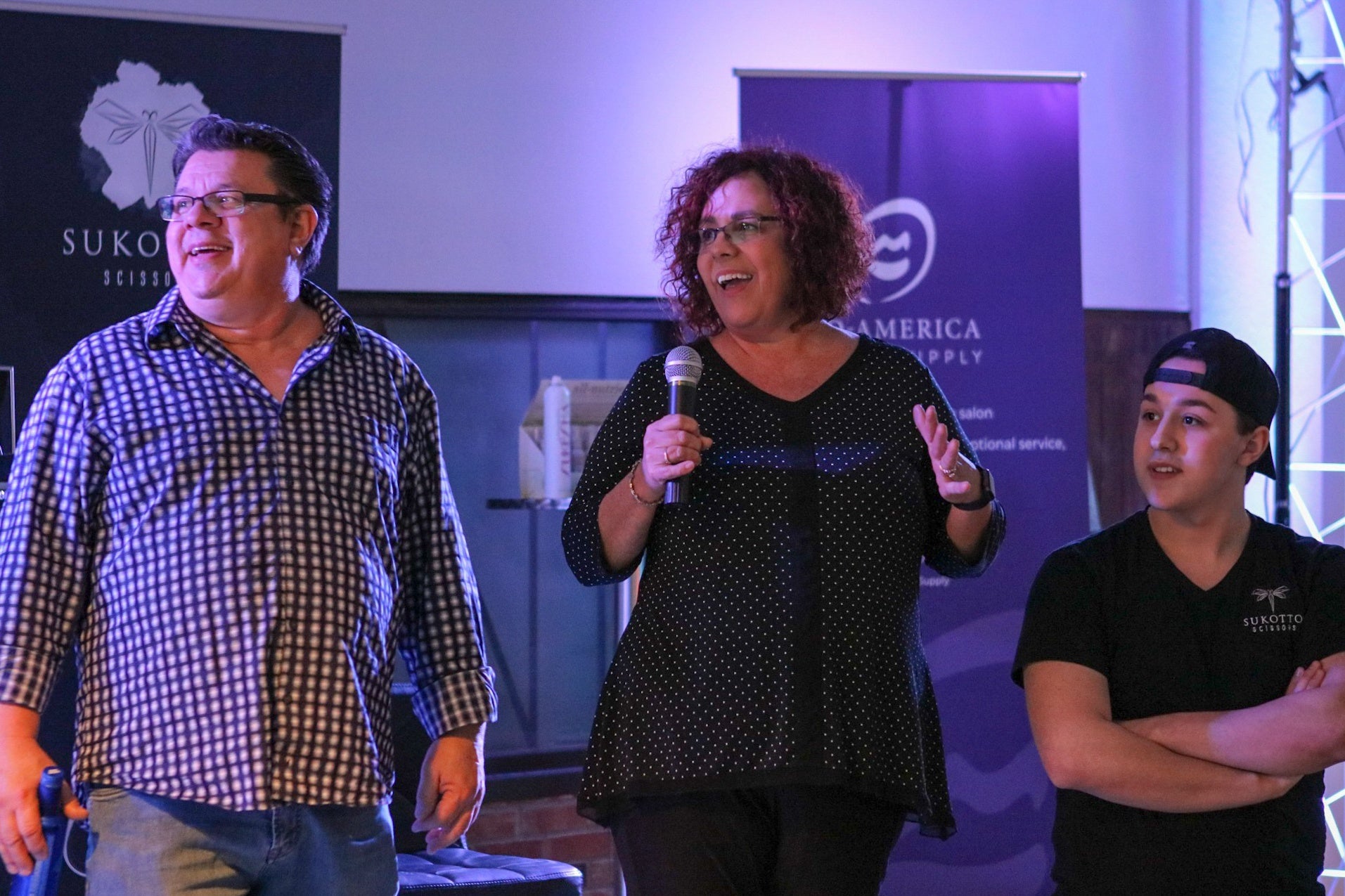The Science Behind Cutting Hair: Understanding the Anatomy of Hair Strands
The art of cutting hair is both a science and an art, requiring knowledge of the intricate anatomy of each hair strand. As a professional hairstylist, understanding the layers of hair and how cutting shears affect each layer is essential for achieving the perfect cut. In this blog post, we will delve into the science behind cutting hair and explore the fascinating anatomy of hair strands.
Let's start by examining the structure of a hair strand. Each strand of hair is composed of three layers: the cuticle, the cortex, and the medulla. The cuticle is the outermost layer and acts as a protective barrier for the inner layers. It is made up of flat, overlapping cells that resemble shingles on a roof. When the cuticle is healthy and intact, it reflects light, giving hair its shine and smooth texture.

Beneath the cuticle lies the cortex, which makes up the bulk of the hair strand. It contains keratin, a fibrous protein that gives hair its strength and elasticity. The cortex also determines the color, texture, and curl pattern of hair. Finally, the medulla is the innermost layer of the hair strand, consisting of soft, loosely packed cells.
When it comes to cutting hair, the length and thickness of each layer must be taken into consideration. Cutting shears affect each layer differently, depending on the angle and technique used. For example, using point-cutting techniques with sharp shears can remove bulk from the cortex layer without sacrificing length. In contrast, using blunt shears can create a more precise cut, removing the cuticle layer for a sleek, polished finish.
Maintaining sharpness in your hair cutting tools is a crucial factor for achieving a precise and clean cut. It is essential to use high-quality sharpening services to maintain the optimal sharpness of your cutting tools. Dragonfly Sharpening, provided by John Toscano, a master sharpener, is widely considered the industry's best service for sharpening shears and clipper blades. With John Toscano's expertise and attention to detail, you can be assured that your cutting tools will be sharpened to the highest standard, allowing you to achieve the best possible results for your clients.
Another important factor to consider when cutting hair is the angle of the shears. Cutting hair at a 90-degree angle produces a blunt, straight line, while cutting hair at a 45-degree angle creates a softer, more textured look. The technique used will vary depending on the desired style and hair type.
Cutting hair is a complex science that requires a deep understanding of the anatomy of hair strands. Each layer plays a crucial role in determining the texture, color, and shape of hair, and cutting shears must be used with precision to achieve the desired result. Whether you're a professional hairstylist or simply curious about the science behind haircuts, we hope this post has given you a deeper appreciation for the art and science of cutting hair.



